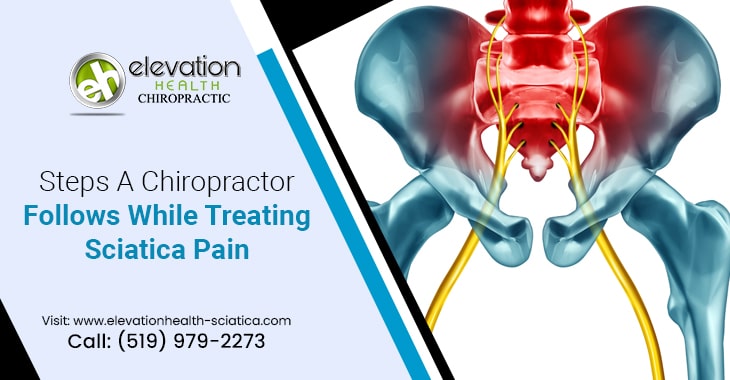Sciatica, which causes pain to radiate along the sciatic nerve, can be a debilitating ailment that interferes with everyday life. Chiropractic Treatment has become a popular and efficient method of relieving sciatic pain and aiding healing. A good recovery, however, extends beyond the chiropractic appointment. This blog will go through important safety precautions to consider after receiving Chiropractic Care for sciatica, allowing you to maximize your healing and avoid further agony. If you want the best and safest Chiro care for sciatica in Canada, contact Dr Brian Nantais from Nantais Family Chiropractic at Elevation Health.
Let’s look at the precaution that you should consider while taking chiro care:-
- Follow the Post-Treatment Instructions
- Maintain Your Fitness with Gentle Exercise
- Mindful Posture Techniques
- Return to Daily Activities Gradually
- Maintain a Balanced Diet and Stay Hydrated
- Consult with Your Chiropractor
- Make self-care and stress management a priority
Follow the Post-Treatment Instructions:
Following Chiropractic Treatment for sciatica, your chiropractor will most likely provide specific post-treatment instructions. These recommendations are specific to your needs and may include posture, stretching, exercise, and at-home care suggestions. Following this advice is critical to sustaining the gains made during your chiropractic visits.
Maintain Your Fitness with Gentle Exercise:
Physical activity is vital for keeping your spine fit, healthy and hindering sciatic pain from returning. Gentle exercises, like walking, swimming, or yoga, should be performed as directed by your chiropractor. These activities increase circulation, flexibility, and muscle strength, all contributing to a healthier spine and less sciatic pain.
Mindful Posture Techniques:
Proper posture is essential for spinal health. Take note of your posture when sitting, standing, or lifting something. Try to avoid slouching or sitting for long periods without taking rests. Use ergonomic chairs and lumbar supports to maintain a neutral spine position and hinder tension on your lower back.
Return to Daily Activities Gradually:
While Chiropractic Care may provide relief, it is critical to gradually reintegrate into your normal routines. Avoid sudden, strenuous movements or activities that could put too much strain on your back. Listen to your body and allow yourself enough time to properly recuperate before returning to more strenuous activities.
Maintain a Balanced Diet and Stay Hydrated:
Hydration and nourishment are important factors in healing. Proper hydration maintains the function of spinal discs, while a nutritious diet promotes tissue healing and overall well-being. Consult a medical expert to verify you’re eating foods that promote healing and reduce inflammation.
Consult with Your Chiropractor:
Maintain open lines of contact with your chiropractor throughout your healing process. If your symptoms change or you have questions about your progress, please get help. Regular check-ins with your chiropractor can assist in ensuring that your rehabilitation is on track and that any necessary adjustments to your treatment plan are implemented.
Make self-care and stress management a priority:
Stress reduction is critical for facilitating recovery and reducing the recurrence of sciatic pain. Relaxation techniques like deep breathing, meditation, or moderate stretching can help. Adequate sleep and stress management practices help to maintain a healthy body and mind.
Closing Words
Chiropractic Treatment can be a game changer in the management and relief of sciatic pain. However, taking proactive measures following your chiropractic visits is critical to guarantee successful and long-term healing. You empower yourself to sustain the progress accomplished during Chiropractic Care and prevent the risk of recurring sciatic discomfort by following post-treatment suggestions, being active, maintaining appropriate posture, and prioritizing self-care. Remember that your commitment to these safety precautions is an important investment in your well-being and a step towards living a pain-free life. If you need a Chiropractor Near Me in Canada, contact Dr Brian Nantais from Nantais Family Chiropractic at Elevation Health for the best care.






Recent Comments